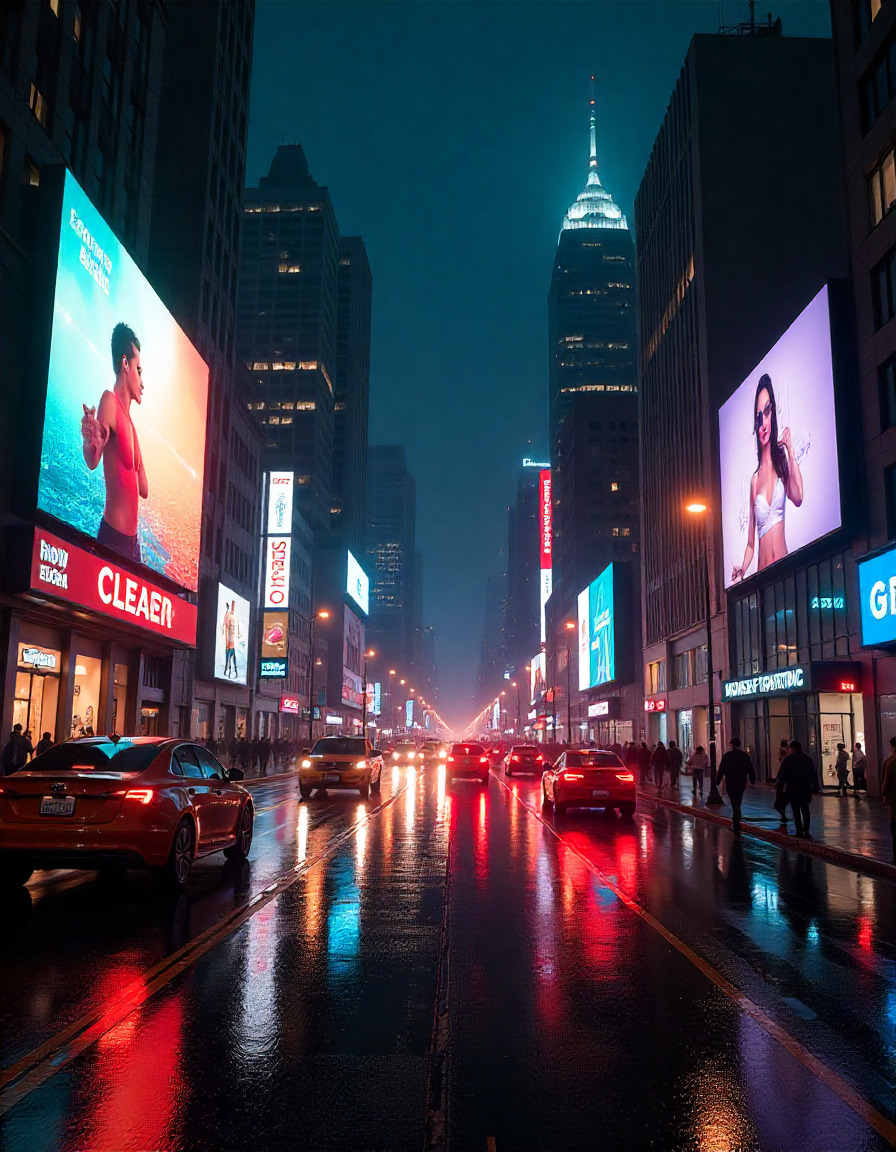The entertainment industry is undergoing rapid transformation in 2025. With advancements in technology, shifts in audience preferences, and the integration of artificial intelligence (AI), the landscape looks dramatically different from just a few years ago. This article explores the most significant changes, providing insights into how streaming, AI, and other innovations are reshaping the way content is created, delivered, and consumed.
Streaming Platforms Dominate but Continue to Evolve
Streaming remains a dominant force in entertainment, but 2025 has brought new trends, challenges, and opportunities.
Rise of Niche Streaming Services
Generalist platforms like Netflix still hold a sizable share of the market, but niche services catering to specific audiences or genres are thriving. Platforms such as those focusing on indie films, documentaries, or regional content appeal to viewers looking for curated, unique experiences.
Interactive Streaming Features
Interactivity is a major trend in 2025. Streaming providers are integrating features like live polls, choose-your-own-adventure storytelling, and multi-angle viewing options. These interactive elements enhance viewer engagement, making content more immersive and personalized.
Competitive Content Licensing
Content exclusivity is intensifying. Platforms are fiercely competing for high-value licensing deals and original programming, engaging leading creators and franchises to maintain subscriber loyalty.
Global Expansion
Internationally, streaming platforms are tailoring content for regional markets. Subtitles, dubbing, and culturally relevant storylines play a critical role in expanding their reach, especially in Asia and Africa.
AI’s Growing Role in Entertainment
Artificial intelligence is revolutionizing how entertainment is produced, marketed, and consumed in 2025.
AI in Content Creation
AI tools are being widely used to aid writing, editing, and visual effects. For example:
- Scriptwriting assistance: AI programs help create story frameworks and dialogue, speeding up the scriptwriting process.
- Visual content generation: Tools like generative AI can design characters, animations, and backgrounds for movies and games.
- Music composition: AI algorithms are creating customized background scores and soundtracks, reducing production timelines.
AI and Personalized Recommendations
Sophisticated algorithms are analyzing viewer data to deliver hyper-personalized recommendations. This approach not only boosts audience satisfaction but helps platforms retain subscribers by suggesting content tailored to their preferences.
Real-Time Translation and Localization
AI-powered translation tools enable real-time dubbing and subtitling, making global content more accessible. For instance, a Korean drama can now be instantly available in dozens of languages, significantly broadening its global audience.
AI in Marketing Campaigns
Marketers are leveraging AI to analyze audience behavior, predict trends, and create targeted campaigns. AI-driven ads dynamically adapt content, ensuring relevance to individual viewers.
Shifting Audience Behavior in 2025
The way audiences consume content continues to evolve, driving changes across the industry.
Demand for Shorter Content
Short-form videos, driven by platforms like TikTok and YouTube Shorts, are more popular than ever. These bite-sized, entertaining clips cater to shrinking attention spans and an always-on-the-go lifestyle.
Hybrid Content Consumption
Audiences are combining streaming with live experiences. Virtual concerts, augmented reality (AR) tours, and virtual reality (VR) gaming events allow fans to connect with creators and performers in real time, without geographic limitations.
Subscription Fatigue and Ad-Supported Models
The explosion of subscription services has led to “subscription fatigue,” encouraging the rise of free, ad-supported platforms. These services balance accessibility and affordability while still delivering quality content funded by advertisers.
Social Media as a Distribution Pipeline
Increasingly, social media channels are used as direct-to-consumer distribution platforms. Influencers and creators use Instagram, YouTube, and Twitch to release content, bypassing traditional middlemen.
Emerging Technologies Driving Change
Innovation is pushing boundaries, introducing new ways to experience entertainment.
Virtual and Augmented Reality Integration
VR and AR take storytelling to new heights. VR creates fully immersive experiences, transporting users into virtual worlds, while AR overlays digital elements onto the real world. These technologies are especially impactful in gaming, training simulations, and even live sports.
Blockchain for Content Rights and Royalties
Blockchain is being used in the entertainment industry to solve long-standing issues with content rights and royalties. Smart contracts ensure transparent, automated payments to creators, reducing disputes over intellectual property.
The Metaverse as an Entertainment Hub
The metaverse is becoming a dominant playground for both creators and consumers. Virtual concerts, branded experiences, and fully interactive games within the metaverse are offering new ways to generate revenue and build brand loyalty.
Advances in 3D and Holographic Displays
New display technologies are adding unprecedented depth to visual content. Holographic projections bring live performances and conferences to life, creating a hybrid reality that feels authentic and engaging.
The Business of Entertainment in 2025
Big shifts are happening behind the scenes, altering how content is funded, distributed, and monetized.
Diversified Revenue Models
Entertainment companies are diversifying how they make money, including:
- Microtransactions in games and mobile apps.
- Exclusive memberships, offering tiered access to premium content.
- Crowdfunded projects, empowering fans to invest directly in movies, games, or music.
Data-Driven Decision Making
Data analytics are dictating business decisions. Providers study user engagement to refine content strategies, release schedules, and pricing models.
Growing Partnerships with Tech Companies
Technology firms are partnering with traditional entertainment companies to develop innovations. Collaborations between hardware manufacturers, like AR headset makers, and content creators lead to seamless integration of device capabilities with new forms of entertainment.
Final Thoughts
The entertainment industry in 2025 thrives on innovation, adapting to changing technologies and diverse audience expectations. Streaming remains a pillar, but advancements in AI, VR, and blockchain are pushing the boundaries of what’s possible. By understanding these trends and technologies, creators and businesses can stay ahead in a rapidly evolving landscape. With its potential for growth and new opportunities, the industry continues to captivate and inspire audiences worldwide.




